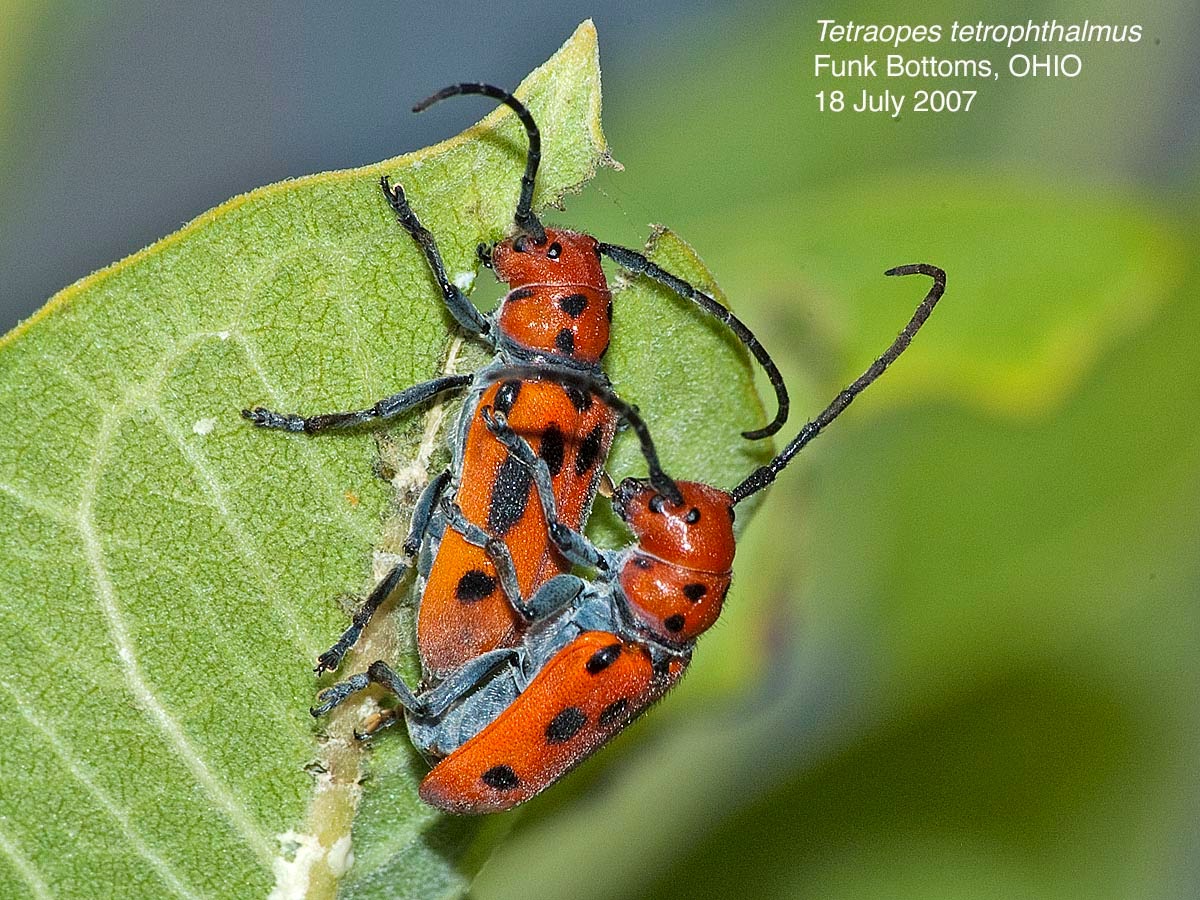Now that summer has come around, it’s time to look at
breeding birds, of which we have plenty in the Pacific Northwest. One such
group is the vireos, Vireonidae. Members of this family, at least out of the
tropics, are quite plain, olive to gray-brown, perhaps with a bit of brighter
greenish or yellow thrown in. Some species have a combination of eye rings and
wing bars, others have a supercilium (pale eye stripe) and no wing bars.
We have two each of these types. Of the eye ring/wing bar group, Cassin’s Vireos have a white throat contrasting with a leaden gray head and bright white “spectacles,” while Hutton’s Vireos are duller, with no contrast in the head/throat area and a less conspicuous and broken eye ring. In the second group, Warbling Viros are dull gray-brown above, with the white supercilium their only conspicuous mark. Red-eyed Vireos are much more brightly marked, rather greenish above and with a gray cap and rather conspicuous dark lines above and below the white supercilium. This species is the only one of our vireos that doesn’t have a dark brown eye.
 More interesting than the differences in appearance are the
differences in ecology. Cassin’s breed in somewhat open conifer forests and are
quite common well up into the mountains. Hutton’s breed in lowland conifer and
mixed forests and are uncommon even as high as the foothills. Warbling breed widely
in mixed forests with a high deciduous component, much more commonly to the
east of the range of Hutton’s, and Red-eyed are characteristic of tall
cottonwoods in riparian situations along rivers and around lakes.
More interesting than the differences in appearance are the
differences in ecology. Cassin’s breed in somewhat open conifer forests and are
quite common well up into the mountains. Hutton’s breed in lowland conifer and
mixed forests and are uncommon even as high as the foothills. Warbling breed widely
in mixed forests with a high deciduous component, much more commonly to the
east of the range of Hutton’s, and Red-eyed are characteristic of tall
cottonwoods in riparian situations along rivers and around lakes.
Red-eyed and Cassin’s are birds of the canopy, while
Warbling and Hutton’s are more typical of the subcanopy and even understory.
The consequences of these differences are that each species has a habitat in
the Northwest where the others usually aren’t found. This is the ecological separation,
presumably by each species being best adapted to its own habitat and foraging
height, that is discussed in ecology texts. Our vireos show it particularly
well.
In addition, three of the species are migratory, moving out of the region in winter and wintering in Mexico (Cassin’s and Warbling) and even far into the Amazon Basin in South America (Red-eyed). These long migrations are typical of most of our insect-eating birds, which would have trouble finding food in the winter when most insects are hidden well away from a leaf-gleaning bird such as a vireo. Hutton’s is resident, on the other hand, apparently able to find enough to eat in the moist forests where it occurs. We are at the northern end of its range, and it is doubtful if it could be resident any farther north. Perhaps because it is the smallest vireo, it can find insects in places in which the larger species couldn’t forage.
Vireos build nests supported by their rims, often in the
fork of a branch and often enough in the open that they are findable by an
observant naturalist. They are also findable by female Brown-headed Cowbirds,
brood parasites that parasitize a large percentage of vireo nests. Our vireos
seem to be doing fine in spite of this.
Dennis Paulson


























2.jpg)






